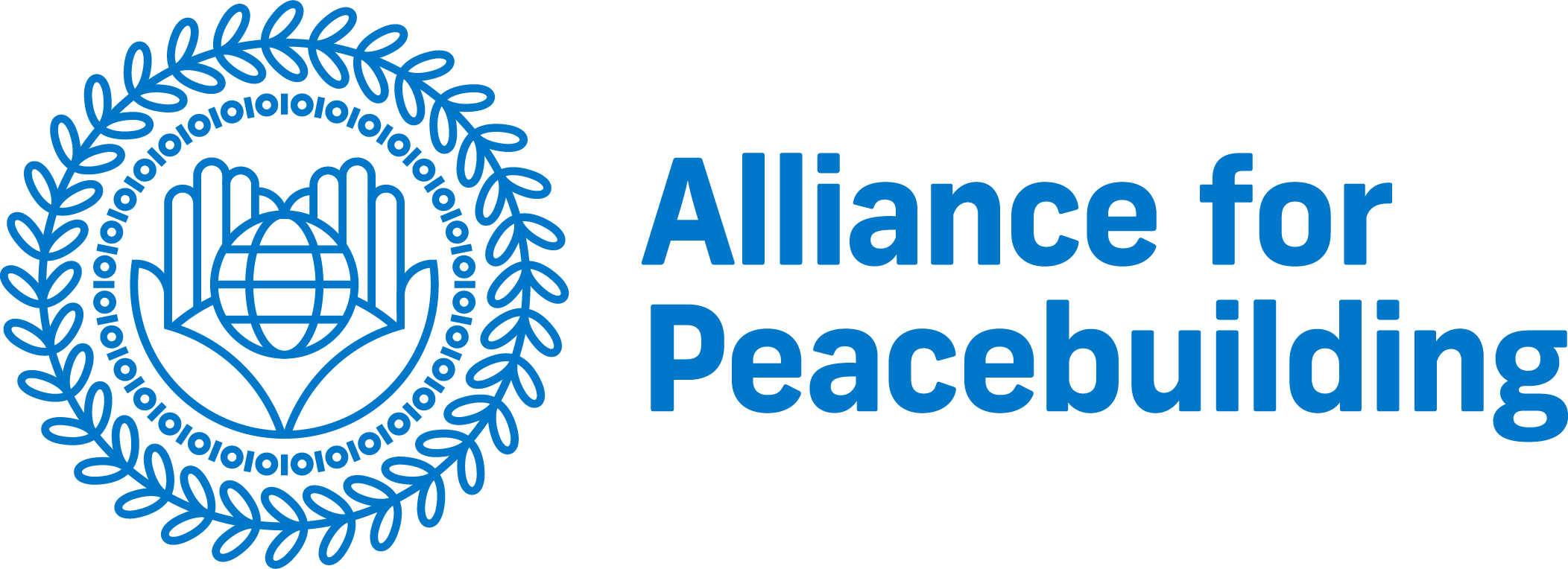Getting Do No Harm to "Stick": Successes, Failures and Varied Approaches
Authors: Peter Woodrow & Isabella Jean
Publisher: CDA Collaborative Learning
Publication date: March 2019
Abstract: This summary of lessons draws from several decades of CDA Collaborative Learning Projects’ efforts to diffuse the Do No Harm (DNH) Framework as widely as possible and to support its application and integration by humanitarian and development actors. This brief paper recounts the range of methods we have used, their successes, and challenges. CDA has been lauded by others as the ‘guardian’ of DNH lessons and analytical framework and for contributing to the transformation of discourse on conflict-sensitivity in the aid sector. We have learned that changes in rhetoric and policy documents do not always result in sustained changes in practice, norms, and incentives. The lessons outlined in this paper are relevant to organizations in the aid sector that focus on changing norms, practices and policies in an effort to improve the processes and results of their support to local actors and communities in conflict- , disaster- and poverty-affected contexts.
Contents:
1 Introduction 3
2 Do No Harm Gets Started 3
3 The Early Years: Intensive Accompaniment 3
4 Pockets of Sustained Application 5
5 A Different Approach: A CDA Field Office Accompanies Local Organizations 5
6 A Different Approach in South Sudan: A Donor Consortium 7
7 Conclusions 8

